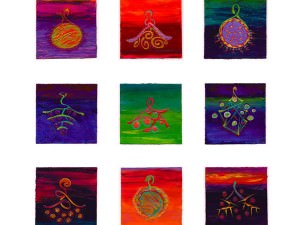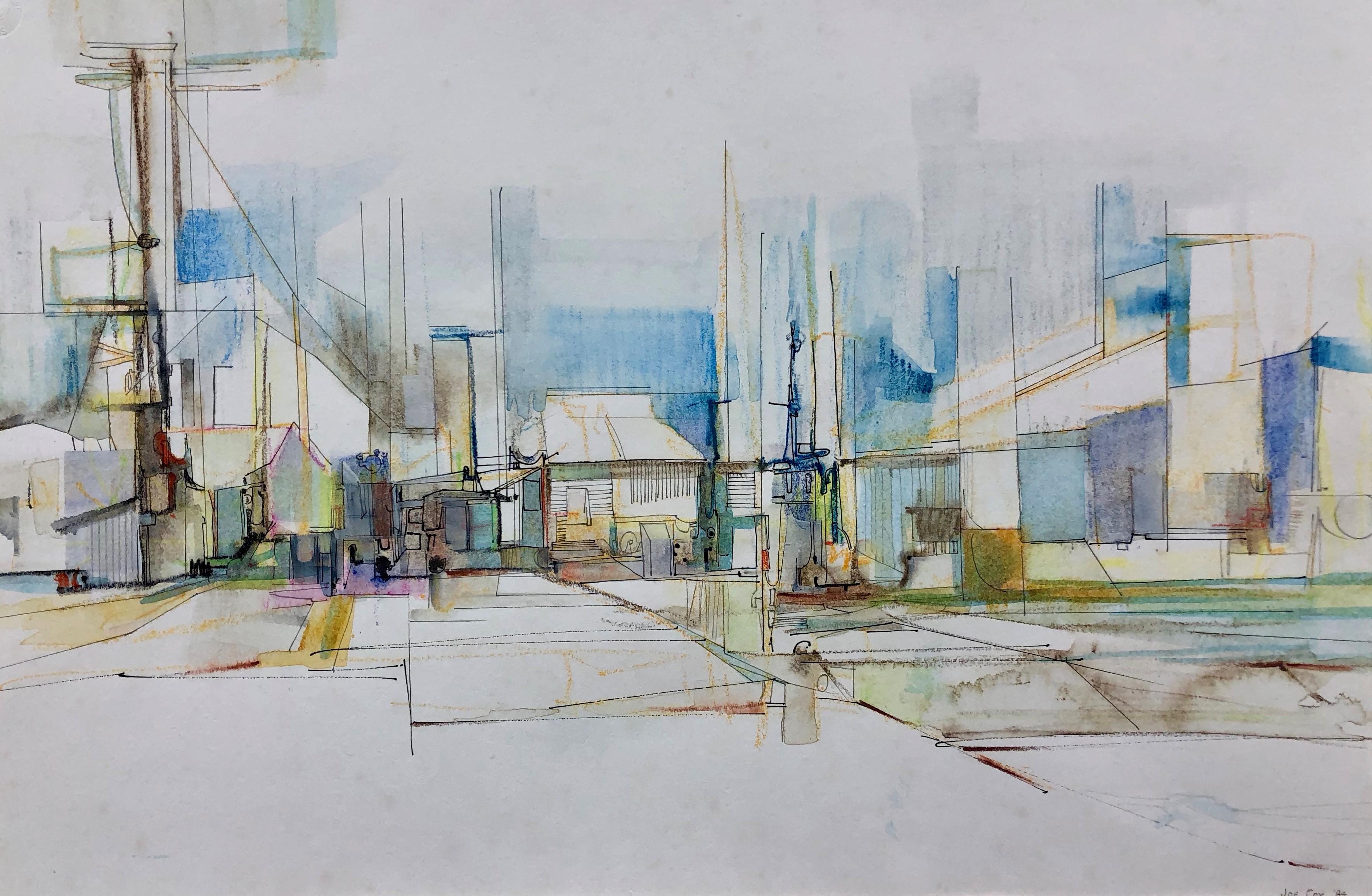Willie Marlowe
Willie Marlowe is as sweet and genteel a Southern woman as you will ever meet. Her modesty belies the cosmopolitan, international artist that she has been for decades. Marlowe, who was born in Whiteville, NC and trained under the legendary Francis Speight at East Carolina University, rolled very far from the tree. Marlowe, who now lives in Albany, New York, has become recognized internationally, and she has been invited to show in Ireland, Canada, England, Croatia, and Germany, to name but a few. Willie Marlowe’s brightly colored, biomorphic works are particulary appreciated in Venice and she has returned there for several years to paint. Marlowe’s pieces from that city are her most inspired, and it is the great pleasure of Gallery C to present this collection of her Venetian paintings.
Read this artist's biography
Born in 1943 in Whiteville, North Carolina, Willie Marlowe received her B.S. from East Carolina University in Greenville, North Carolina, followed by an M.F.A. from the University of Idaho in Moscow, Idaho. During the summer of 1964, while still an undergraduate, she continued her art studies at the Pennsylvania Academy of the Fine Arts in Philadelphia under the tutelage of renowned artists Francis Speight and Roswell Weidner.
Willie Marlowe is best known for her small, intimate acrylic and mixed media work on paper. These luminous, brilliantly colored pieces are reminiscent of looking through a microscope at an entirely new, miniscule living world. Marlowe makes playful use of geometric and organic shapes and symbols, all of which reflect her interest in botany, marine life, Celtic culture and the archaeology of Europe, the Yucaton and Russia. She was an artist-in-residence in Barbados, West Indies; Cortona, Italy; Wexford, Ireland; the Millay Colony for the Arts in Austerlitz, New York; and at the Cill Rialaig Project in Ballinskelligs, Ireland. These extensive travels and experiences have each added to her unique and growing iconography.
For over twenty years, Marlowe has taught painting and drawing classes at the Sage College of Albany in Albany, New York. She also taught watercolor classes in two of the Sage Colleges’ international studies programs, as well as in Scotland and Ireland. Willie Marlowe has an extensive national and international exhibition record, including a 10-year Retrospective Exhibition at the Wexford Arts Center in Wexford, Ireland. Her work can be found in numerous museum, corporate and private collections throughout the United States including those of The Mint Museum of Art, Charlotte; The Boston Public Library; and The National Museum of Women in the Arts, Washington, DC.
This artist has an article
The World According to Willie
by David Brickman
It’s been almost 30 years since I first met Willie Marlowe, but she never ceases to amaze me. Demurely Southern, with a deliciously acerbic undertone, Marlowe is quiet but frank, extremely reliable, and remarkably committed to her work. For the many years she taught at Sage, she was also strongly committed to the students – but there was never any doubt that painting came first, clearly manifested in a relentlessly constant studio practice, which in turn set a fine example for her devoted students to follow.
I see Marlowe as having two sides all these years: The single-minded painter isolated in her studio, continuously bringing mountains of rich artwork to life; and the joyful, attentive friend, teacher, and collaborator who issued a steady stream of letters (and, after a certain date, e-mails) as well as mail-art pieces and curatorial projects, all bearing unparalleled enthusiasm for other artists’ activities. She is that increasingly rare person who always picks up the phone if you dial her number. Yes, she’s home in the studio painting feverishly and, of course, she has time to talk.
Painters do work in isolation – it’s a necessity – and, as with all good painters, Marlowe’s work is truly a world unto itself. With the majority of her pieces being small and jewel-like, suggestive but usually abstract, and created with non-traditional techniques, it would be easy to think that they represent a primarily inward-looking process. However, that would be a grave misapprehension. In fact, Marlowe’s work is deeply informed by the world around her, and particularly by her travels.
A brilliant colorist, Marlowe added black to her palette after stints as a visiting artist in Barbados in 1986 and the Yucatan Peninsula in 1993, where she experienced the sudden drops to nightfall typical of places near the Equator. The vivifying effect of black on the other colors she employs recalls for me another favorite painter, Henri Matisse. Caribbean influence also appears in the lushly lit and exotically populated underwater gardens of her many painting made in that period and since. And a longtime theme of houses took on new flavor with the hurricane-threatened shacks of another series that came out of those island visits.
Adding to the Mayan-inspired ziggurats and labyrinths that have always fascinated Marlowe (and which show up in tantalizing concrete poetry pieces as well as recent digital paintings), trips to Ireland in 1997, 2001, and 2005 brought ancient stone monoliths into her daily vocabulary. They found good company there with Marlowe’s various references to cave paintings, calligraphy, architecture, and historic maps. And then there’s Venice, which she visited in 1984 and 1989 and then returned to in 2006, 2008, and 2010 for artist’s residences.
As a source for Marlowe’s dazzlingly layered and transparent colors, Venice is almost too obvious. The sun glinting off the water, the fresh and weathered colors of the houses and palazzos, and the mesmerizing glass, born in fire, all fit Marlowe’s vision like a glove. Recent years have found her spending longer and longer stints in that magical island city, where incidental facts of life such as the absence of cars and the presence of cats resonate with the Willie Marlowe I have always known, and where she clearly comes alive in new ways.
The work inspired by her stays in Venice is perhaps most meaningfully captured in Marlowe’s use of portals. The city has countless covered passageways, doors, and windows that suggest these arched entries into and out of the paintings. While her work has always been given to structure, the more recent Venice paintings take on new aspects of architectural rigor, sometimes flattened into pre-Renaissance perspective, other times opened into multiple dimensions. Stage-like spaces are often sugessted as well, wherein Marlowe’s biomorphic figures dance and swirl, a connecting element through most of her work, whether painted, constructed or collaged, whether brightly colored or in black and white, whether shiny, flat or textured. These gestural forms represent life, ideas, dreams, poetry, fabric, and glass – everything that embodies the precious elements of Willie’s world.
Stepping into that world through any of the many entries she offers give the viewer of a Marlowe painting or series a new experience, belying the deeply historic sources that inform it. Ultimately, it is this freshness, inexplicably available to the painter in her studio over decades of constant effort, that makes the work irresistible. Equally, the artist’s rigorous attention to detail, masterful technique, and commitment to a personal vision make it lasting – and important.
— David Brickman, October 2010

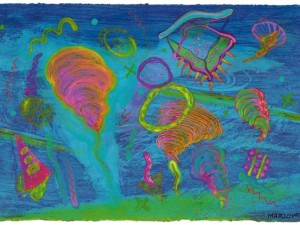
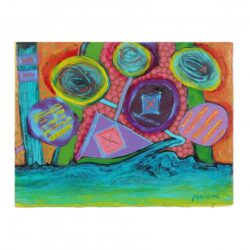
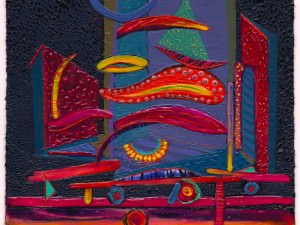 SOLD
SOLD
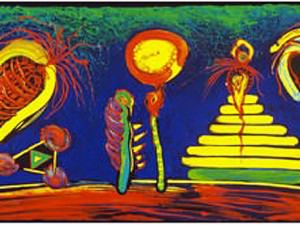 SOLD
SOLD

 SOLD
SOLD
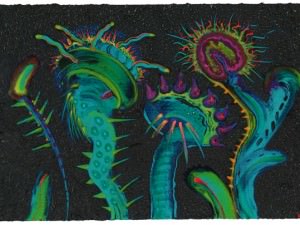

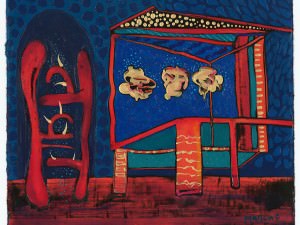
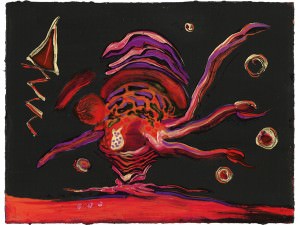
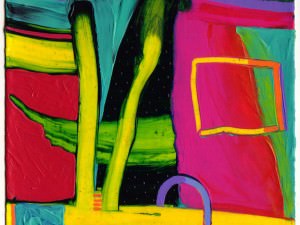 SOLD
SOLD
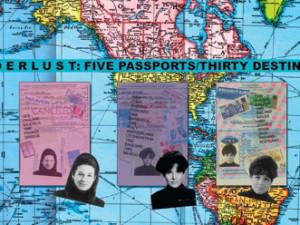
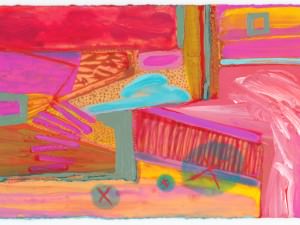
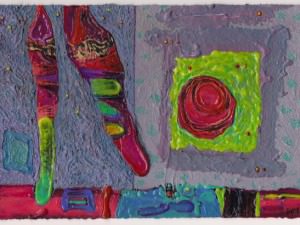
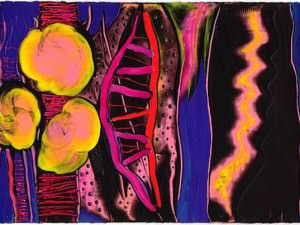
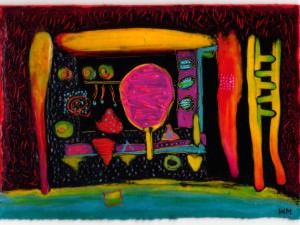
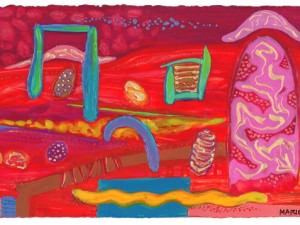 SOLD
SOLD
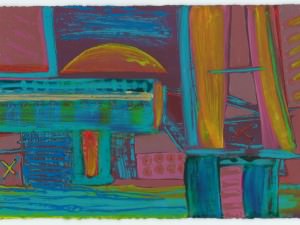

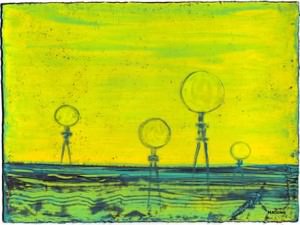
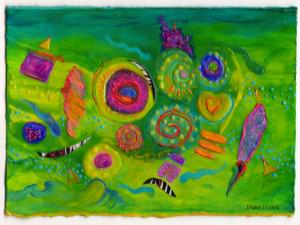 SOLD
SOLD
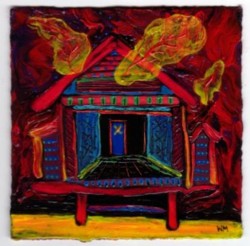 SOLD
SOLD
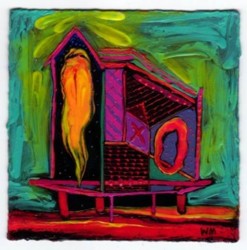
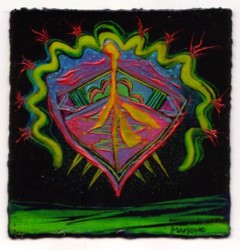

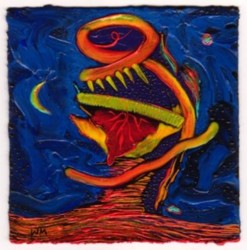
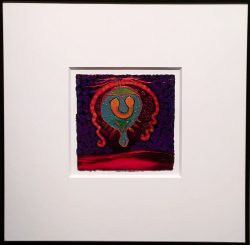
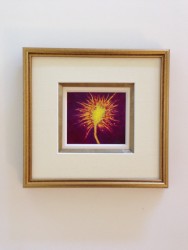
 SOLD
SOLD
